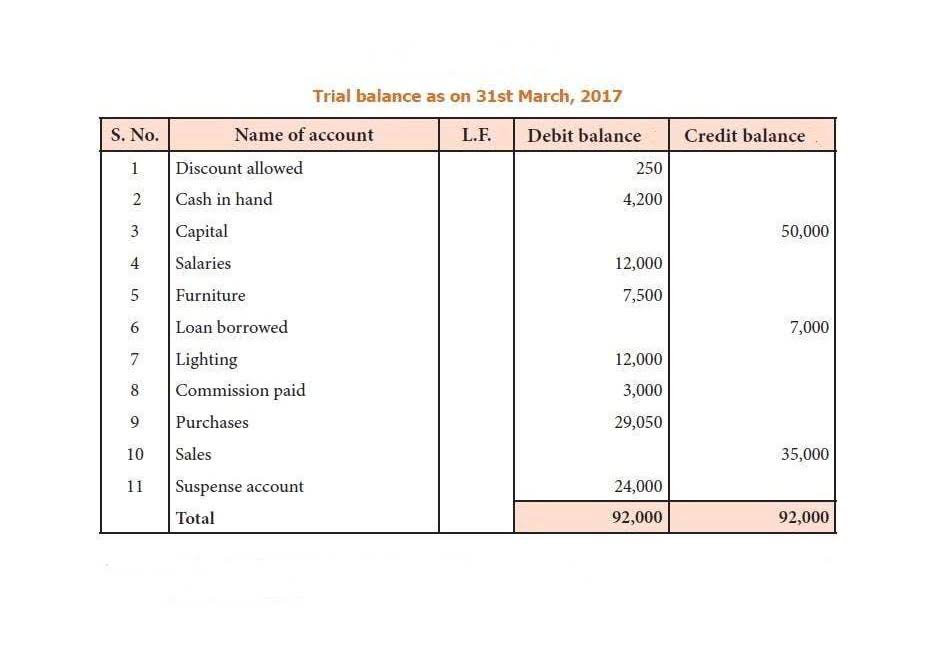
Any profits that are not distributed at the end of Travel Agency Accounting the LLC’s tax year are considered retained earnings. It shows a business has consistently generated profits and retained a good portion of those earnings. It also indicates that a company has more funds to reinvest back into the future growth of the business.

What Is the Relationship Between Dividends and Retained Earnings?
- As previously stated, retained earnings can be paid to investors, used to grow product offerings, or even used to pay off company debts.
- Positive cash flow from operations is critical for maintaining day-to-day business activities, while retained earnings show how much profit has been accumulated over time.
- They are cumulative earnings that represent what is leftover after you have paid expenses and dividends to your business’s shareholders or owners.
- Or they can hire new sales representatives, perform share buybacks, and much more.
- A company’s retained earnings can also be impacted by mergers, acquisitions, or other significant financial transactions.
- They represent the company’s accumulated earnings since its inception, minus all dividend payments.
- Moreover, profit can also equate to net income, with the gained funds minus the cost to offer those goods or services.
This sustained profitability contributes to future cash flows, which are a key component in valuation models such as discounted cash flow (DCF) analysis. Changes in retained earnings are reported in the statement of retained earnings or the equity section of the balance sheet. This statement reconciles the beginning balance of retained earnings with net income and dividends during the period, showing the ending retained earnings balance.
How to calculate retained earnings

Retained earnings are important for the assessment of the financial health of a company. That net income lets the company distribute money to shareholders or use it to invest in its own growth. Assets are economic resources controlled by a business that are expected to provide future economic benefits.
Resources
- When a company generates net income, it is typically recorded as a credit to the retained earnings account, increasing the balance.
- These capital expenditures are designed to enhance operational efficiency and increase future earning capacity.
- If an investor is looking at December’s financial reporting, they’re only seeing December’s net income.
- This is logical since the revenue accounts have credit balances and expense accounts have debit balances.
- Other transactions may also decrease the retained earnings balance.
- Retained earnings, on the other hand, are a category of shareholder’s equity.
Companies with inconsistent or declining retained earnings may raise concerns about profitability or dividend sustainability. Retained earnings provide a cost-effective means to finance projects, especially for companies with strong profitability. This internal is retained earnings an asset source of funds can be quicker to access and less restrictive than external capital. It also signals to investors that the company is generating sufficient profits to sustain growth without relying heavily on outside funding.

However, shareholders often seek immediate returns, which can https://www.bookstime.com/ lead to a tension between short-term distributions and long-term growth. When examining retained earnings on a balance sheet, you’ll find it under the shareholders’ equity section. This placement is significant as it represents owners’ claims on company assets. ’ The answer is no – it’s actually part of shareholders’ equity, representing accumulated earnings retained in the business. As businesses grow, they fund that either through reinvesting profits or borrowing money.
- These earnings represent a crucial source of internal financing for business growth, debt reduction, and operational needs.
- Property, plant, and equipment, such as land, buildings, and machinery, are long-term assets used in operations.
- It serves as a barometer for stakeholders to assess the company’s success and potential for future expansion.
- Additionally, they would be placed under reserves and surpluses within the stockholder’s quality section.
- Having working capital can mean having funds to invest in new technologies and growth.
Suppose the beginning retained income of the company is $150,000, and the profit earned is worth $10,000 (Net Income). Plus, the company board decides to pay $1,500 as a dividend to shareholders. Within the financial sector and business operations, there is a plethora of information that is vital to comprehend. Yet one important facet of business operations is the functionality of retained earnings and whether or not they are an asset.

Retained Earnings Formula: Examples, Calculation, and More
This figure grows with each period of profitability and decreases with net losses or dividend distributions. For example, if a company earns a net income of $100,000 in a year and pays out $20,000 in dividends, its retained earnings will increase by $80,000 for that period. In the next accounting cycle, the RE ending balance from the previous accounting period will now become the retained earnings beginning balance. Financial statement users analyze retained earnings alongside other equity components to assess a company’s financial performance and health.

How retained earnings appear on the balance sheet
However, it includes various stages based on the elements of the retained earnings formula. When a company conducts business, it will generate profits or losses. The major financial statements that a company produces on a regular basis report on these five account types.
They represent the accumulated profits reinvested back into the company. When the value is negative, it signifies the poor financial health of the firm. This happens when the company incurs significant losses in the previous year. It is often assumed that the retained profits are negative only if the net income is negative. But there are instances where the net income is positive, but the retained income is still negative.